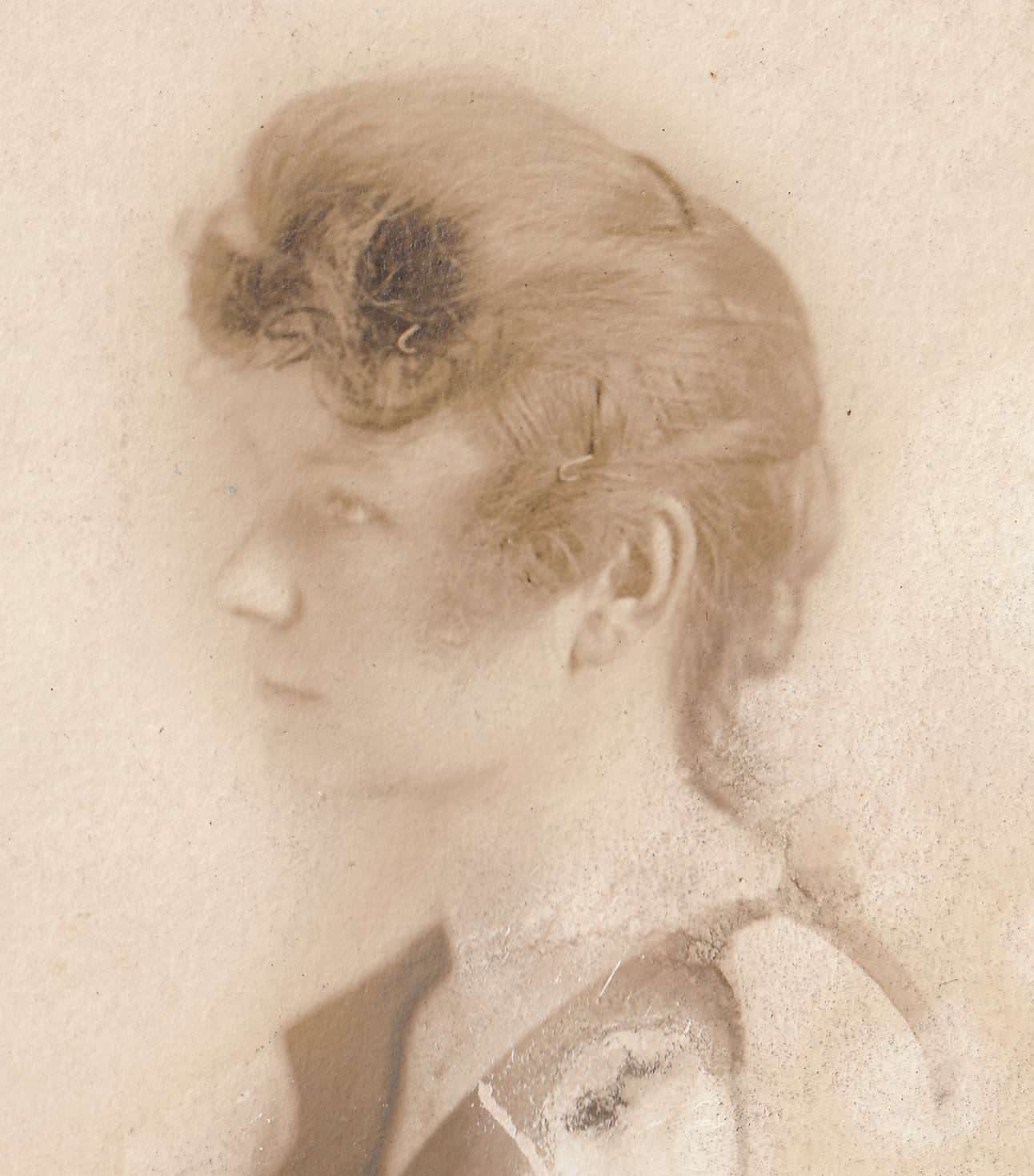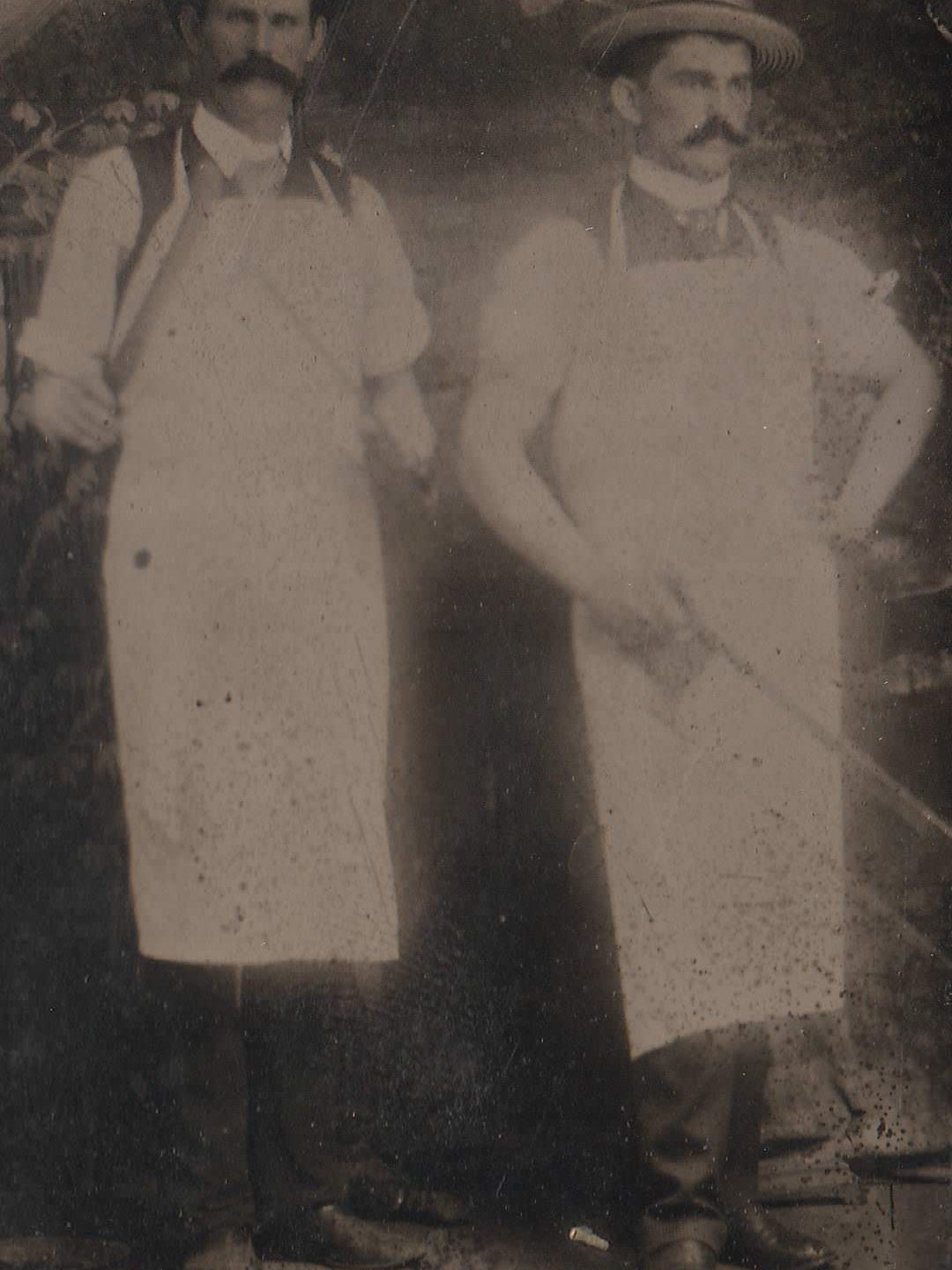In the beginning, during the mid 17th century colonial period in Virginia, United British Colonies, John Walter Patrick I and his wife emigrated from Surrey, England to York Colony, Virginia. John Patrick and his wife had at least one son, who had at least one son. They most likely had numerous children. There is, however, no record of who they were.
John Patrick III married Mary Peters. They had at least one son, Lewis Searman Patrick (b. 1703 d. 1766). Lewis S. Patrick Married Sarah Elizabeth Buttrick (b. 1708 d. 1769). They had five sons: Lewis (b. 1721 d. 1773), John (b. 1732 d. 1783), Paul (b. 1730 d. 1799), Littleberry (b. 1728), and Luke (b. 1723 d. 1771). The Patrick family of Georgia is primarily descended from Paul Patrick (b.1730 d. 1799) and Agnes Millikin Patrick (b. 1736 d. 1783).
The Paul Patrick family left Edgecombe County NC, for Surry County NC, and then on to Wilkes County, NC. By 1774 the family was in Wilkes County, Georgia, in a division that became Oglethorpe County, Georgia in 1793. In a 1788 Tax Digest, Paul Patrick is granted 400 acres in Wilkes County, Georgia.
The data from the first US census completed in 1790 showed that almost 1/3 (31,500) of the 82,548 people living in Georgia, were residing in Wilkes County. Most of the settlers from this period were coming from Virginia and North Carolina. Wilkes County was the jump off point for populating the entirety of Georgia (Washington, ND).
Like many of the mid to late 18th century pioneers, the Patrick family of Halifax, NC, Edgecombe County, moved south to Wilkes County, Georgia. As had happened in the Virginia Colony, opportunities in the Carolina colonies dried up. By the 1770’s war with England was looming on the horizon and the Crown had imposed high taxes on colonial goods. Colonists were looking for new land to grown their crops and raise their families without high taxation. By 1774, most of the Patrick family had relocated.
Between 1790 and 1854, as the Georgia population was growing due to the influx of emigrants from the Carolina and Virginia colonies, Wilkes County’s was divided to organize new counties. The Georgia legislature created Elbert (1790), Oglethorpe (1793), and Lincoln (1796) counties from sections of Wilkes County. Wilkes also contributed land used in the development of Madison (1811), Warren (1793), Taliaferro (1825-28), Hart (1853), McDuffie, and Greene Counties. Later even more counties were divided up or merged with other counties. Walton County, where some of the Patrick family settled, is now part of Barrows County. These divisions of county boundaries and the creation of new counties creates a challenge for genealogical researchers.
In a 1798 Tax digest, William Duke (b. 1754) grants land to both Paul Patrick (???) and John Patrick (1775) in Oglethorpe County, GA. Duke, the father of Mary Polly Duke Patrick (b. 1783) at that time also granted land to another individual in Jackson County, GA which was near Shoal Creek.
In another 1798 Tax digest, Samuel Patrick (b. 1773) and Alexander Patrick (b. 1765) were granted land in Jackson County, GA at Shoal Creek. Paul Patrick (This may be Paul Patrick (b.1730) as Alexander’s son was only eight years old in 1798), in this same digest, granted land to a man named Daniel Wesley in Jackson County, GA along Sandy Creek.
In an 1800 Jackson County, Georgia Tax Digest, Paul Patrick deeded land to John Patrick, along Shoal Creek, in Captain Reynolds District. This is an interesting document, and may provide some minor evidence that Paul Patrick (b. 1730) may have lived beyond his purported death in 1799. There is also a chronological list of deeds for Paul and Agnes Millikin, which was researched and published by George Nelson on Ancestry. Mr. Nelson has done extensive research. The list also implies that Paul Patrick (1730) lived beyond 1799.
In many of these records, up until census records record family members in 1840, it becomes a challenge to identify or distinguish John M. Patrick (b. 1775) from his son John M. Patrick (b. 1812) in official documents. It becomes necessary to rely on records that list ages or names of individual family members. In most cases looking at the ages of the heads of household will tell you which “John” has been recorded, along with a comparison of the ages of children in the household from census to census (This also applies to the name “Paul” Both Paul Patrick (b.1730) and his son Alexander had sons named Paul. Alexander’s son, Paul Patrick (b.1790) lived until 1841 and served in the War of 1812. Paul Patrick Sr. (b.1730) whose son Paul Patrick Jr. died in 1799, may have lived much longer and has been confused with his son.)
The other difficulty is that the brothers named their own sons similarly, which in some cases has caused a lot of confusion in online genealogical circles.
There are a number of tax documents that identify multiple family members trading or selling land between them. One issue is that while John M. Patrick (1775) may have owned land in one county, that does not necessarily mean that he lived on that land or in that county. As lotteries in Georgia were awarded, there was no requirement that the lottery winner had to live on the land.
John M. Patrick (b. 1775 d. 1850) and Mary Polly Duke Patrick (b. 1783 d. 1854) were married at Oglethorpe County, GA in 1799. They had close ties to Walton County, Jackson County, and the Duke family. In 1826, according to a news article, William Duke (father of Mary Polly Duke Patrick) and John Patrick (1775) traded land plots in Walton County. They were living in Muscogee County, GA by 1830.
There is another document that points to a connection to Jasper County, GA. An 1820 census from Jasper County that lists John M. Patrick (1775) and in which the ages of children and family match closely that of later census records. Also, Elizabeth Rebecca Patrick (1811), John Patrick’s (1775) daughter, married Thomas Nelson in Jasper County, GA in 1827. It is not know whether John M. Patrick (1775) actually lived in Jasper County. The John M. Patrick in this 1829 Jasper County Census may not be our family’s John M. (1775). More documentation from 1820 is needed.
John M. Patrick (1775) died sometime between 1840-1850. Both John (1775) and Mary are recorded in the 1840 Muscogee County Census. By 1850, according to the census for that year, Mary was living with her son Thomas Jefferson (Jeff) Patrick (b. 1826) and his wife Elsey Walters, at what is now Phenix City, Alabama. John M. Patrick (1775) is not listed in the 1850 census records for Muscogee County, Georgia.
We know that John M. Patrick (1812) was living in Pike county in 1830 up until at least the very beginning of 1850, as the family is recorded in the 1850 census for Pike County, GA. Sometime between 1850 and 1860 John M. Patrick (1812) and Nancy (Annie C.) Singleton, with their children, moved to Muscogee County, GA. It is very possible that they left Pike county for Muscogee County due to the death of John M. Patrick (1775). The family of John Patrick (1812) is listed in the 1850 Muscogee County Census in the Bozeman district, which was the area where the cemetery is now located. At this time the farm may have still been intact. John M. Patrick (1775) may not have left a will, as one has not yet been located, and may have died intestate (having no will).
One of the questions that still needs to be answered is regarding the acquisition of the property where the cemetery now exists. There is a deed from 1858 which may be the original deed from the purchase of the property. If the 1858 deed is shown to be that deed, it means that John M. Patrick (b. 1775) never resided on the family farm where the cemetery is now. John M. Patrick (b. 1775) died by 1850 and Mary Polly Duke, his wife died in 1854.
On the menu, to the left under “Patrick Family Narratives”, is a sub menu consisting of names and families by head of household and generation. You may use this menu to find your Patrick Family Ancestor, and any information we have on that person and their immediate family. As is everything on this website, it is a work in progress, and subject to error and correction as new information is discovered.

